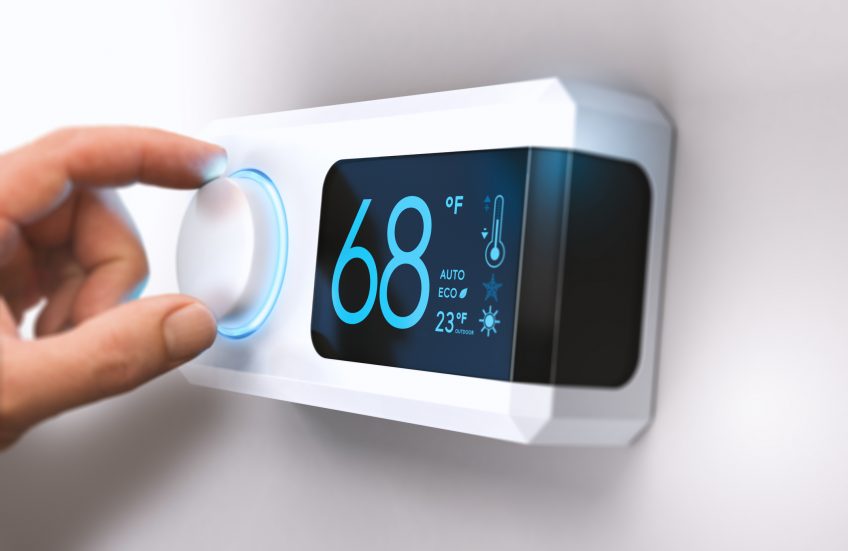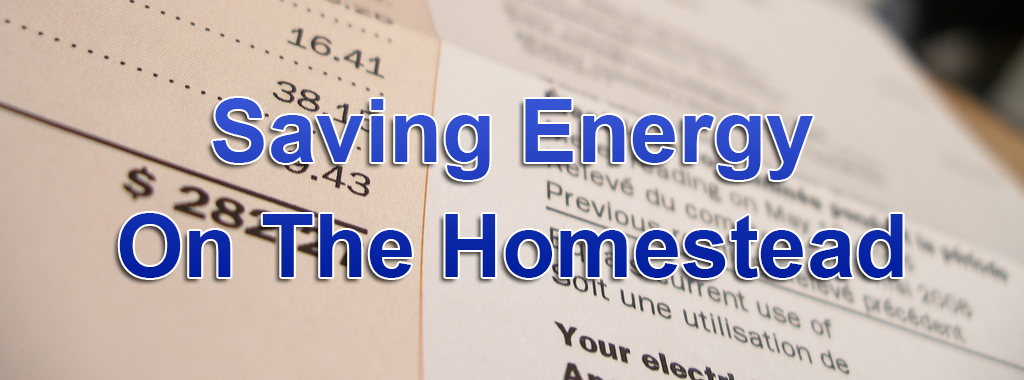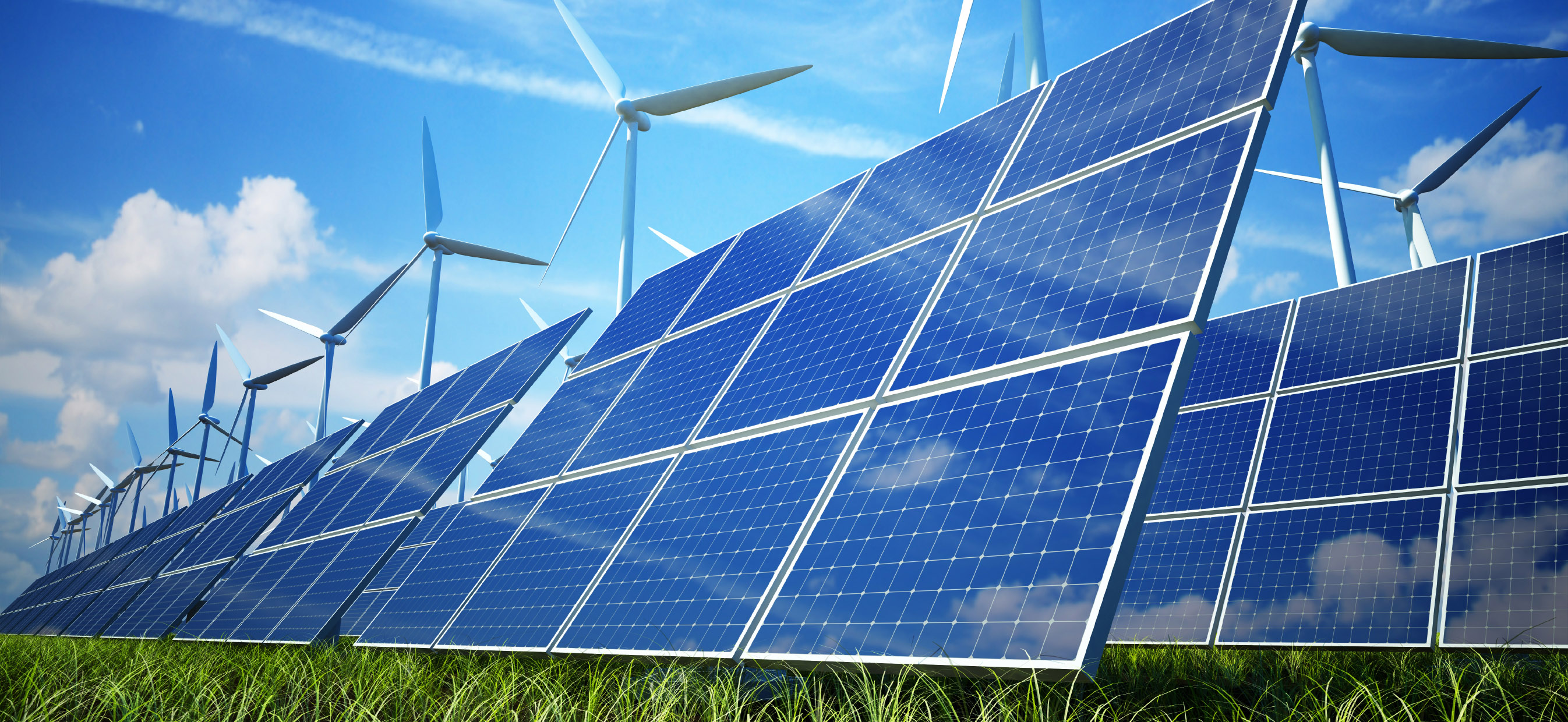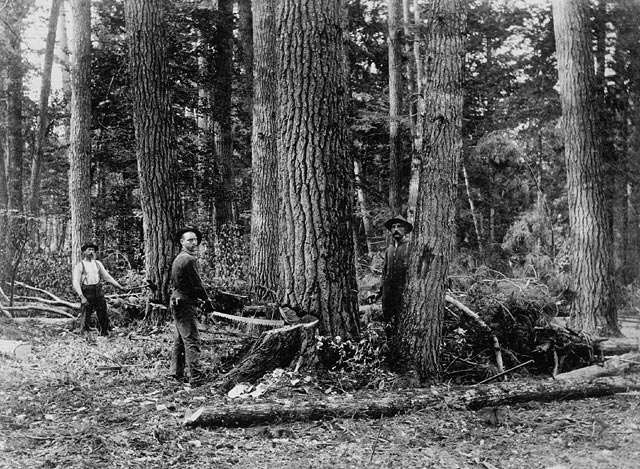
In America, each person produces around 40,000 pounds of C02 emission each year. Those emissions are what contribute to the Earth’s global warming issue. Those pollutants can be decreased easily with a plethora of simple energy saving switches you can make in your life.
Along with reducing the amount of oil, natural gas, and fossil fuels you are using, you also have the potential to save some real money. Altering your methods for energy use doesn’t mean that you’ll be going without the existing conveniences you have either. It just says that you’re doing so with a little bit more awareness.
A million dollars worth of energy is being burnt up with every minute of the day all year long. You have the option of lowering those numbers along with your energy bill just by implementing a few of these switches in your own home.
Make a Small Investment
- Contact a utility company and have them come and do an energy audit of your home, air conditioner, and furnace. It may be done at a low cost or even free for some.
- Purchase an insulating jacket for your water heater for about $20 and wrap it up. You will save 1100 pounds of C02 from an electric water heater. A gas water heater’s C02 emissions will go down about 220 pounds.
- Compact fluorescent bulbs cost a bit more than a standard light bulb, but after you make the purchase and installation, they are going to last up to eight to twelve times longer and use only about a quarter of the energy. The light illumination is the same, and you can save up to 260 pounds of C02 emissions annually.
- Weather stripping and caulk installed in your home will weatherize around the windows and doors so that the cold or warm air that you’re creating stays put, and the outside temperatures remain outdoors. Your appliances don’t have to work as hard to stay up to your desired thermostat setting.
Suggested: This crazy 56-year-old geography teacher in Memphis, Tennessee believed he can change the energy world… and somehow he did. Check it out here>>>
Heating and Cooling
- You can reduce your heating emissions from your furnace by setting your thermostat two degrees lower in cold weather. It’s recommended to have it set at 68 in the day and 55 degrees at night. When it’s warm, keep your setting at 78.
- Keep your air conditioner and furnace air filters cleaned out. The dirtier they are, the harder your equipment has to work to achieve the desired temperature setting when they are operating through a clogged filter.
Related Article: Solar Energy Options for Homesteaders
Home Appliances
- Make sure all of your gaskets in your fridge and freezer are sealed up correctly and working. Then, set your refrigerator to 37 degrees and your freezer to three degrees, or as close as you can get them to those numbers.
- Don’t put your washing machine setting on hot. You can use warm or cold water for doing laundry.
- You can save 20% of the energy used by your dishwasher by manually shutting off the drying cycle and letting your dishes air dry. Additionally, don’t run your machine until it is full.
- When replacing outdated appliances, check for the Energy Star label to ensure it’s an energy-efficient model. Don’t buy one that’s bigger than what you need.
- Check the setting on your water heater. In can generally be turned down about 20 degrees and still effectively produce water that’s warm enough for what you need.
House Renovations
- Replace old windows with those that are double-glazed and argon filled for the best insulation.
- Shade trees planted near your home will reduce the amount of energy you use.
- If you live in a hot climate, paint your house a light color. In colder climates, dark-colored homes are more efficient.
- If your house isn’t properly insulated, now is the time to take care of that. It will reduce the CO2 emissions and lower your energy costs by 20% to 30% typically.







